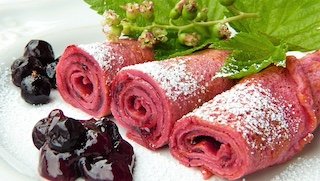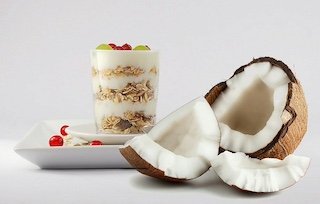As gluten awareness continues to rise, so does the demand for gluten-free foods. Whether due to medical necessity or lifestyle choices, adopting a gluten-free diet can be a transformative journey. Let’s explore the world of gluten-free foods, discovering delicious alternatives and essential tips for a wholesome gluten-free pantry.
Understanding the Basics: What is Gluten-Free?
A gluten-free diet excludes the protein gluten found in certain grains, including wheat, barley, and rye. For individuals with celiac disease, non-celiac gluten sensitivity, or wheat allergy, avoiding gluten is crucial. Fortunately, a growing market offers a diverse range of gluten-free options to cater to various dietary needs.
Suggested: What is Gluten and Its Impact on the Body
Oat Plant: Exploring Its Rich Nutrient Profile
Gluten-Free Grains and Alternatives:
- Quinoa: A versatile and protein-rich grain that serves as an excellent substitute for traditional grains.
- Rice: Is rice gluten free?
Whether white or brown, rice is a gluten-free staple that can be a base for numerous dishes. - Corn: Corn and corn-based products, like cornmeal and polenta, are naturally gluten-free.
- Buckwheat: Despite its name, buckwheat is gluten-free and can be used in both savory and sweet dishes.
- Amaranth: Rich in nutrients, amaranth is a tiny grain that adds a nutty flavor to gluten-free recipes.


Protein Sources:
- Meat and Poultry: Unprocessed meats are naturally gluten-free, making them excellent protein options.
- Fish and Seafood: Fresh fish and seafood are inherently gluten-free, offering omega-3 fatty acids and other essential nutrients.
- Legumes: Beans, lentils, and chickpeas are versatile and protein-packed additions to gluten-free diets.
- Nuts and Seeds: Incorporate a variety of nuts and seeds into your diet for a nutrient boost and satisfying crunch.
Gluten-Free Flours:
- Almond Flour: Made from ground almonds, almond flour is a popular gluten-free alternative in baking.
- Coconut Flour: High in fiber and low in carbohydrates, coconut flour is a flavorful option for gluten-free recipes.
- Rice Flour: A versatile flour suitable for both sweet and savory dishes, including bread and pastries.
- Tapioca Flour: Tapioca flour adds lightness and elasticity to gluten-free baked goods.
Suggested: Things to Avoid While on a Diet
10 Habits of People Who Stay Slim
Dairy and Dairy Alternatives:
- Milk: Most dairy products are naturally gluten-free, including milk, cheese, and yogurt.
- Almond Milk: A popular dairy-free alternative, almond milk is widely available in various flavors.
- Coconut Milk: Rich and creamy, coconut milk works well in both sweet and savory dishes.


Gluten-Free Snacks and Treats:
- Popcorn: A whole-grain, gluten-free snack that can be customized with various seasonings.
- Gluten-Free Pretzels: Satisfy your salty cravings with gluten-free pretzel options.
- Dark Chocolate: Many high-quality dark chocolates are naturally gluten-free.
Navigating Packaged Foods: While fresh, whole foods are naturally gluten-free, it’s essential to scrutinize packaged items. Look for clear gluten-free labels and be cautious of hidden sources of gluten in processed foods.
Suggested: Is Porridge Good for Weight Loss?
Overnight Oats with Coconut Milk: New Morning Favourite
Gluten-Free Lifestyle Tips:
- Read Labels: Become adept at reading ingredient labels to identify gluten-containing ingredients.
- Cook at Home: Preparing meals at home allows you to have full control over ingredients and ensures gluten-free safety.
- Explore New Recipes: Embrace the opportunity to discover new and exciting gluten-free recipes that cater to your tastes.
Navigating the gluten-free pantry is an adventure filled with delicious discoveries. With an array of wholesome alternatives, the gluten-free lifestyle can be both satisfying and nutritious. Whether out of necessity or choice, embracing gluten-free foods opens the door to a diverse culinary world where creativity and flavor know no bounds. 🌾🍲 #GlutenFreeLiving #HealthyChoices #CulinaryAdventure
